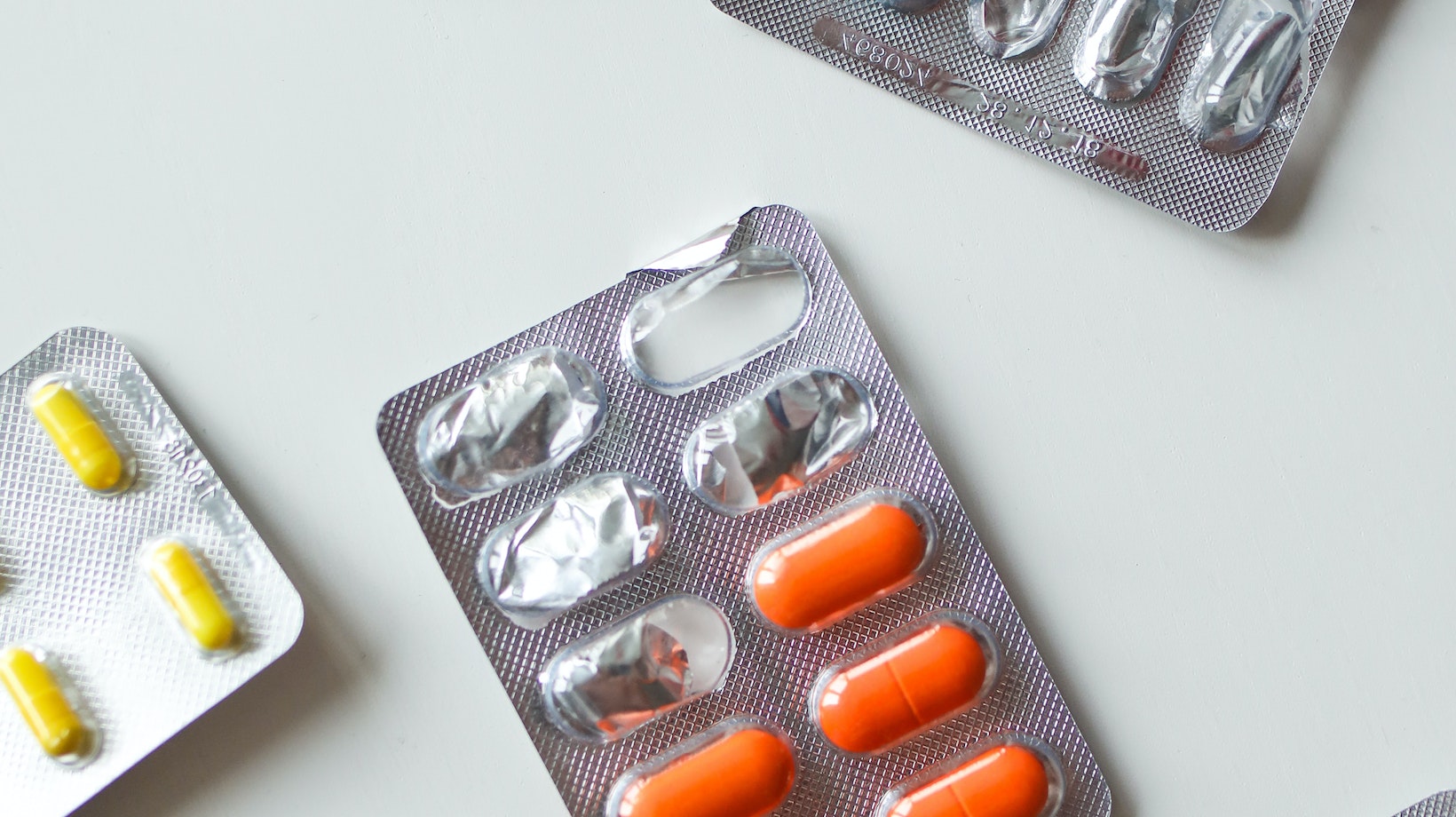
Miralax – Gentle Solution for Digestive Relief
Miralax is a commonly used over-the-counter laxative that helps to relieve occasional constipation. It contains the active ingredient polyethylene glycol 3350, which works by drawing water into the colon to soften the stool and promote regular bowel movements. In this section, we’ll delve deeper into understanding Miralax and its benefits.
- How does Miralax work? Miralax works by increasing the amount of water in your intestines, which helps to soften the stool and make it easier to pass. This gentle mechanism of action makes it suitable for both short-term and long-term use. Unlike other harsh laxatives that can cause cramping or dependency, Miralax provides effective relief without disrupting your body’s natural digestive processes.
- Who can benefit from using Miralax? Miralax is commonly recommended for individuals who experience occasional constipation due to factors such as diet, lifestyle changes, travel, or certain medications. It can be used by adults and children aged 6 years and older under the guidance of a healthcare professional. However, it’s important to consult with your doctor before starting any new medication or if you have any underlying medical conditions.
- How should Miralax be taken? Miralax typically comes in a powder form that needs to be dissolved in liquid before consumption. The dosage may vary based on age and individual needs, so it’s crucial to follow the instructions provided on the packaging or as directed by your healthcare provider. Generally, Miralax is taken once daily or as advised by your doctor.
- Are there any side effects? In most cases, Miralax is well-tolerated with minimal side effects when used as directed. However, some individuals may experience mild gastrointestinal discomfort such as bloating or gas during initial use. These symptoms usually subside as your body adjusts to the medication.

Miralax Dosage for Toddlers by Weight
When it comes to giving medication to toddlers, ensuring the right dosage is crucial. This holds true for Miralax, a commonly used laxative for children. To determine the appropriate Miralax dosage for toddlers, their weight serves as a key factor.
Here are some guidelines to help you calculate the correct Miralax dosage based on your toddler’s weight:
- Consult with a healthcare professional: Before administering any medication, it’s always best to consult with your child’s pediatrician or healthcare provider. They can provide personalized advice and guidance tailored specifically to your toddler’s needs.
- Follow the recommended dosing instructions: The package insert of Miralax typically provides general dosing recommendations based on age. The recommended starting dose of Miralax for toddlers is typically around 0.5 to 1 gram per kilogram of body weight per day. However, it’s important to consult with your child’s pediatrician before administering any medication.
- However, when determining the dosage by weight, it’s important to take into account your child’s specific weight range.
- Use a weight-based dosing chart: To simplify the process of determining the appropriate Miralax dosage for toddlers by weight, many healthcare providers use weight-based dosing charts. These charts outline different weights and corresponding recommended doses of Miralax.
- Start with a lower dose: It is generally advised to start with a lower dose and gradually increase if needed, under medical supervision. This approach allows you to monitor your child’s response and adjust accordingly while minimizing any potential side effects.
- Regularly reassess and communicate with your healthcare provider: As your toddler grows and their weight changes over time, it is essential to regularly reassess their Miralax dosage in consultation with their healthcare provider. Open communication ensures that any adjustments necessary can be made promptly.
In summary, following proper dosage instructions for Miralax is essential in ensuring its effectiveness while minimizing potential risks associated with its use. Always consult with your healthcare provider for personalized dosing recommendations and any concerns you may have.
My name is Andrea Thompson and I’m a home based freelance writer. I’m 23 years old, married to my best friend, and mother to a wonderfully independent and opinionated 3 year old girl and step-mother to a sweet seven year old boy. I live in a tiny, little town in Kentucky, where I spend my free time fishing with my kids.
Writing has always been my passion, which I followed through high school, and for a while in college. Life happened, and once I discovered we were pregnant, I switched directions; opting for the healthcare industry because of the stability.
Finally, years later, I was in a place where I could leave the day job that never truly made me happy, and pursue my dreams. I’ve built, and am still building, my writing career from scratch. But, I’m passionate and I’m good at what I do. And, in the end, I can prove to my daughter that she can do anything she wants with this life.




